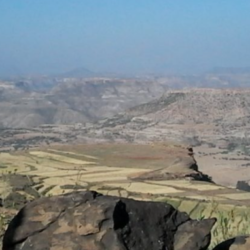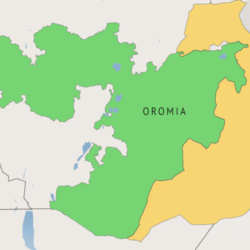The Nile River, renowned as the longest river in the world, spans an impressive 6,853 kilometers (4,258 miles), traversing northeastern Africa and playing a pivotal role in the history, culture, and economy of the region.
Etymology
The name “Nile” originates from:
- Greek: Neilos, meaning “valley.”
- Latin: Nilus, derived from the Greek root, referring to the river.
Geographic Significance
The Nile serves as a vital waterway connecting 11 countries across the Nile Basin. These nations include:
- Uganda
- Eritrea
- Rwanda
- Democratic Republic of Congo
- Tanzania
- Burundi
- Kenya
- Ethiopia
- South Sudan
- Sudan
- Egypt
Role of the Nile Basin
The Nile River unites these countries through shared reliance on its waters for agriculture, fishing, transportation, and hydroelectric power. Its significance extends beyond borders, fostering cooperation and sometimes contention over water rights and usage.

Cultural and Historical Importance
The Nile has shaped civilizations for millennia, most notably ancient Egypt, which depended on its annual floods for fertile soils. Its presence has inspired myths, legends, and a profound connection to life and sustenance in the region.
The Nile continues to be a lifeline for millions, underpinning economies and ecosystems across the northeastern African continent.



















